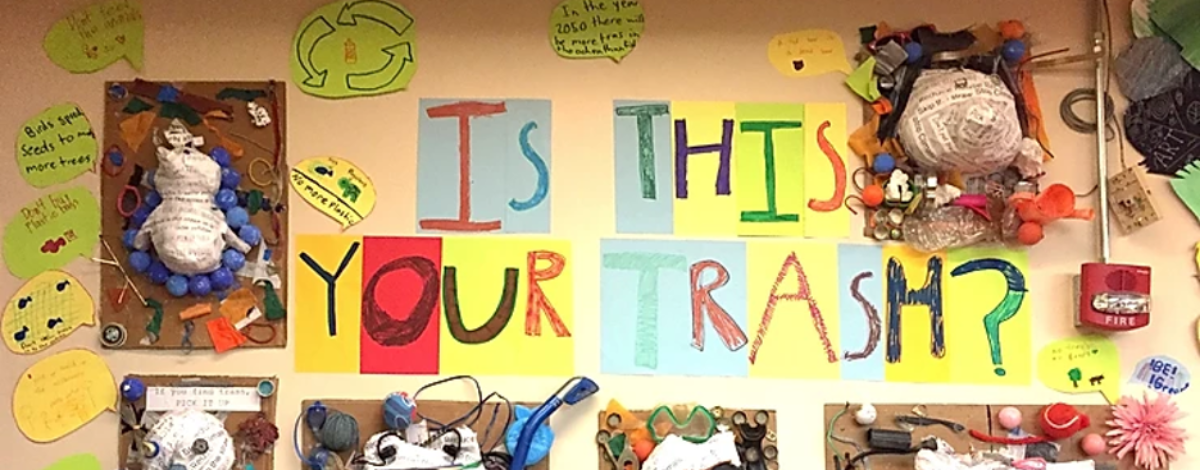Is This Your Trash?
Our native animals are living in our trash!
With more and more long-lasting trash ending up in our environment, SWEP found it important to highlight this crisis through a student-created native animal art project with our sustainability club students to address plastic pollution and the litter epidemic in the Lake Tahoe region.
This art project involved papier mache animal heads covered in messages written by students and then surrounded by trash that was found in Lake Tahoe.

Throughout this project students learned about the plastic pollution issues that we are seeing globally as well as locally, especially with single-use plastics, and about the large volume of litter being found on our sled hills, beaches, lakes, and waterways. Students also were inspired by various individuals and organizations that are working to reduce the amount of plastic in our oceans and watersheds. The Washed Ashore Project and other projects that utilize creativity and art to advocate for the environment and animals were the main inspiration for our own “Animal Art Project”.
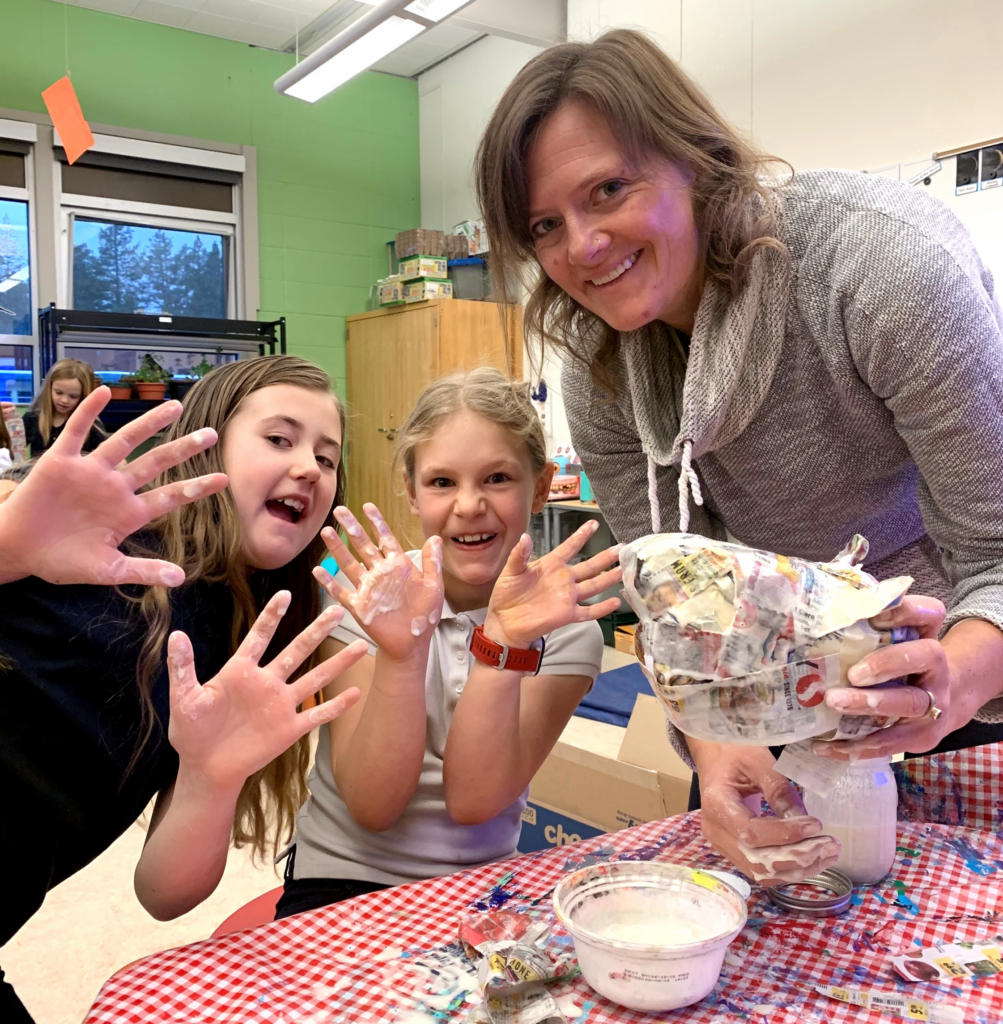
We are hoping you will take the time to stop by the art display to see this powerful visual. Come learn more about the litter crisis in Tahoe and how you can take action to be part of the solution.
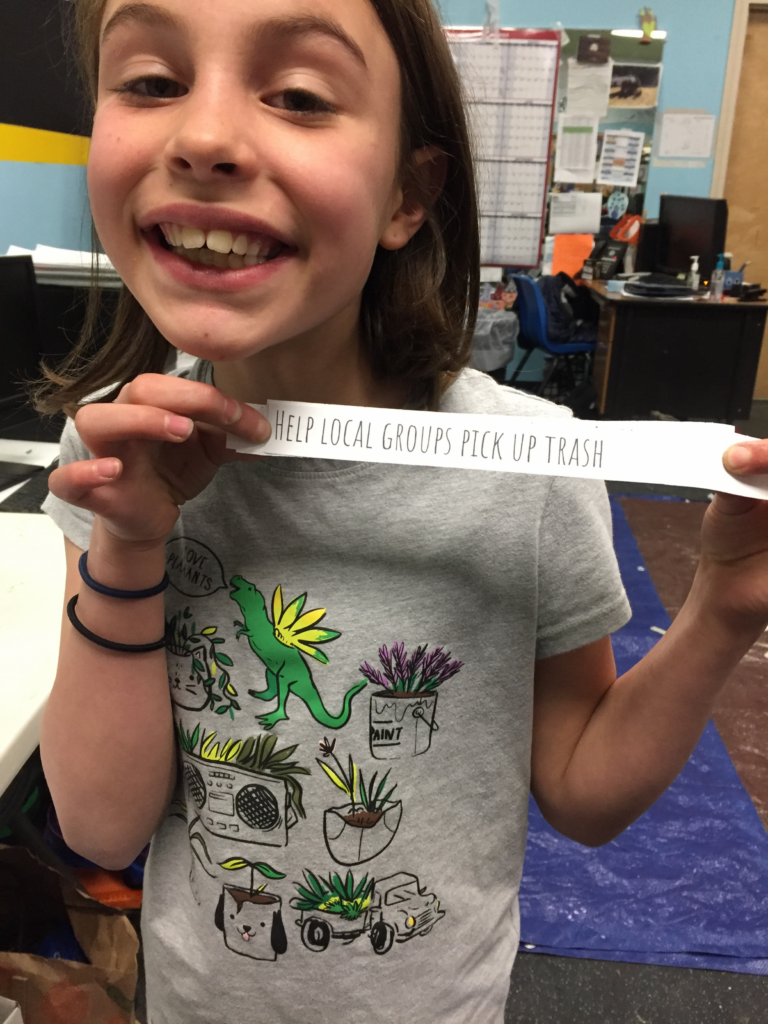
Go See This Art Installation
-
June 5th: Below the Blue Art Exhibit at the Boatworks Mall in Tahoe City, along with all the other Lake Tahoe garbage art projects
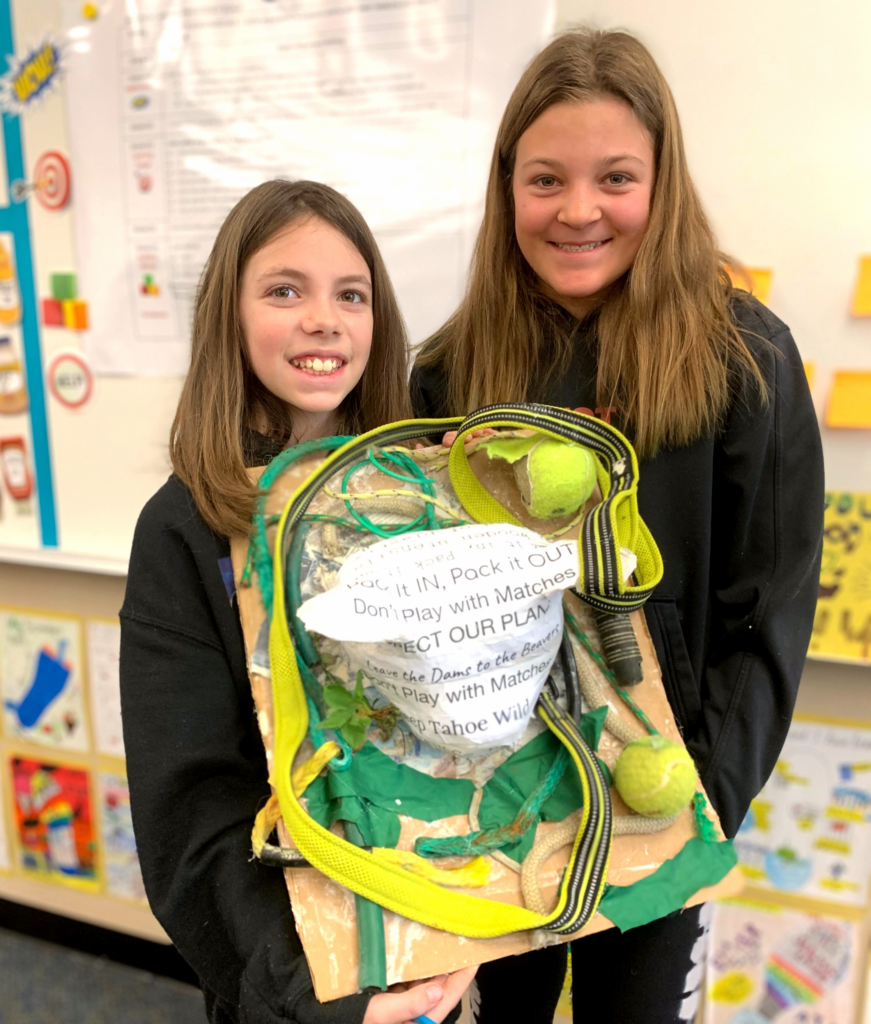
Facts About The Art
-
All of the litter used in the art was collected from the bottom of Lake Tahoe voluntarily by the Marine Taxonomic Services, through CA State Parks
-
The litter came from 57 sites in Lake Tahoe
-
The largest source was from recreation
-
Food and drink litter was the 2nd largest contributor
-
Boating and construction litter were tied for 3rd largest
-
28,000 pieces of garbage were collected during the 8 year period totaling 7500 gallons or 13,000 pounds!
-
Of all the recreational types of litter found in the lake (cardboard, plastic, electronics, toys, golf balls, vehicle pieces, rubber) the plastic category was the largest, doubling all the other categories.
-
Plastics never fully breakdown, they continue to get smaller and smaller becoming microplastics that can be mistaken for food for underwater animals. This eventually can make it’s way up the food chain.
-
It is predicted that by 2050 there will be more plastic in the ocean than fish
-
In recent studies, microplastic fibers have been identified in the snowpack, leading to even more plastics flowing downstream in our watershed.
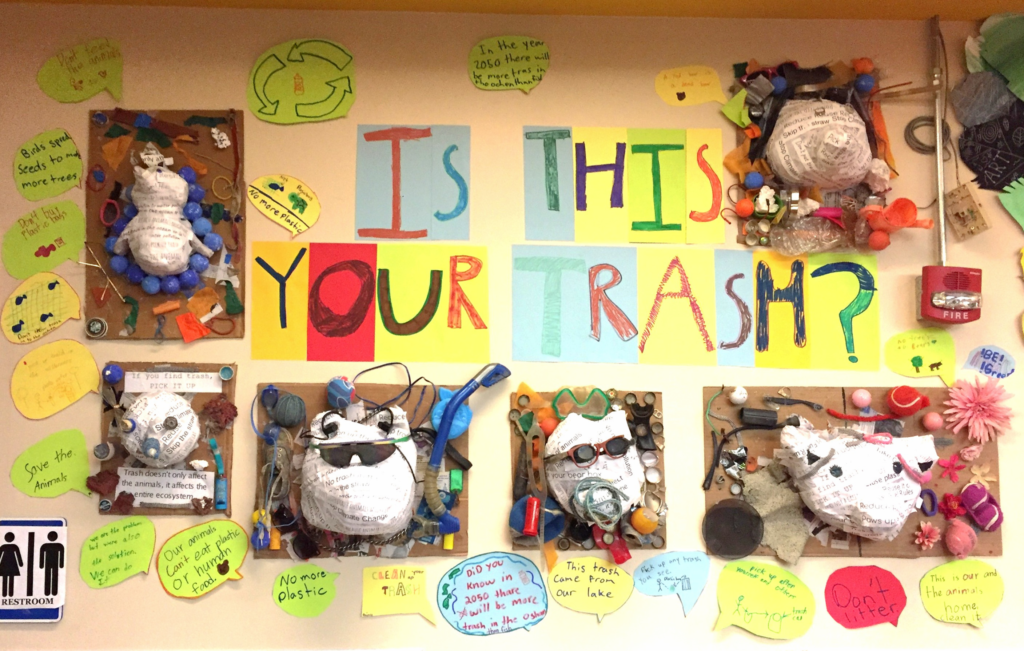
Actions You Can Take to Combat the Litter Crisis
-
Pack out what you pack in… don’t litter!
-
Pick up litter!
-
Choose to use reusable items such as refillable water bottles, canvas grocery shopping backs, and reusable straws instead of single-use plastic items
-
Pack a zero-waste lunch with a food containers with lids, reusable eating utensils, fabric napkins, and a reusable lunch bag
-
Shop for things that have no (or very little) plastic packaging
-
Bring your own to-go box with you to restaurants so you don’t have to use plastic or styrofoam ones
-
Speak up!! Tell your family & friends about the litter crisis.
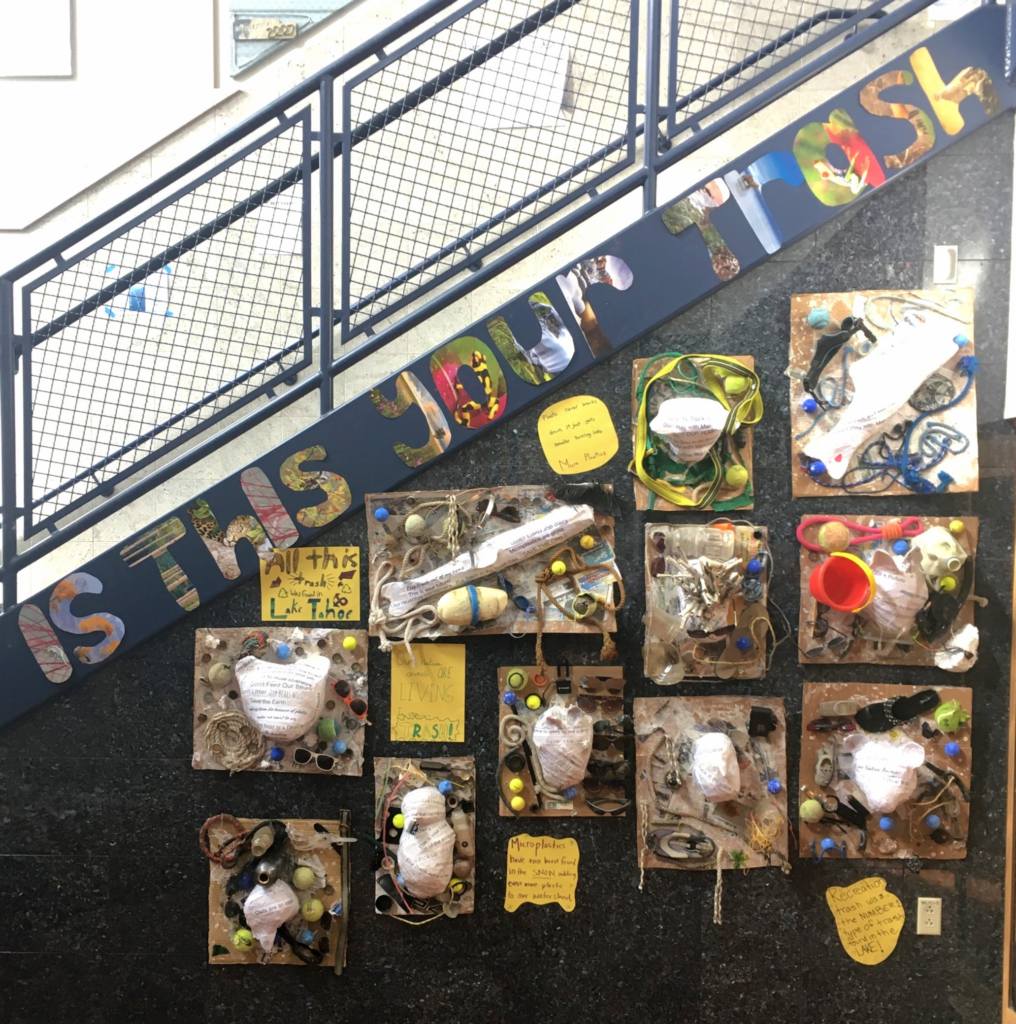
Great News!
SWEP’s Green Teams and EcoAction clubs received second place in the 2020 ShaneMcconkey Foundation’s Eco-Challenge for this “Is This Your Trash?” animal art & advocacy project! Thank you to all that worked on this project for all of your hard work and willingness to get messy creating art pieces with an environmental mission!
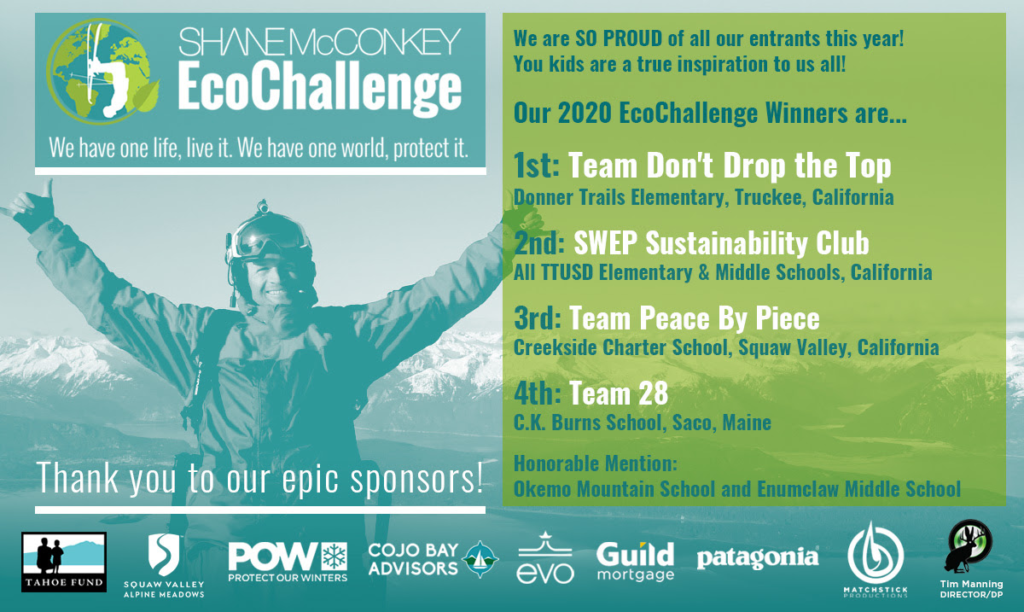
Videos with Great Information on Plastics in Lake Tahoe
-
Clean Up the Lake divers in Lake Tahoe collecting litter from the bottom of the lake: https://www.youtube.com/watch?v=BiomHjKxoAo
-
UC Davis researchers discuss Microplastics in Lake Tahoe: https://www.youtube.com/watch?v=WpVqRQrFN8k
-
Keep Tahoe Blue litter pick up the day after 4th of July: https://www.youtube.com/watch?v=AaS_xs8Jz1o
Thank you to California State Parks, Tahoe Environmental Research Center, Tahoe Water Suppliers Association, Nevada Division of Environmental Protection, Drink Tahoe Tap, and Tahoe Environmental Research Center for their partnership with this project!!! #belowtheblue
Thank you to our partners that support our sustainability clubs: Northstar, Tahoe Truckee Unified School District, Truckee Donner Public Utility District, Tahoe Mountain Resorts Foundation, Town of Truckee and Keep Truckee Green.

